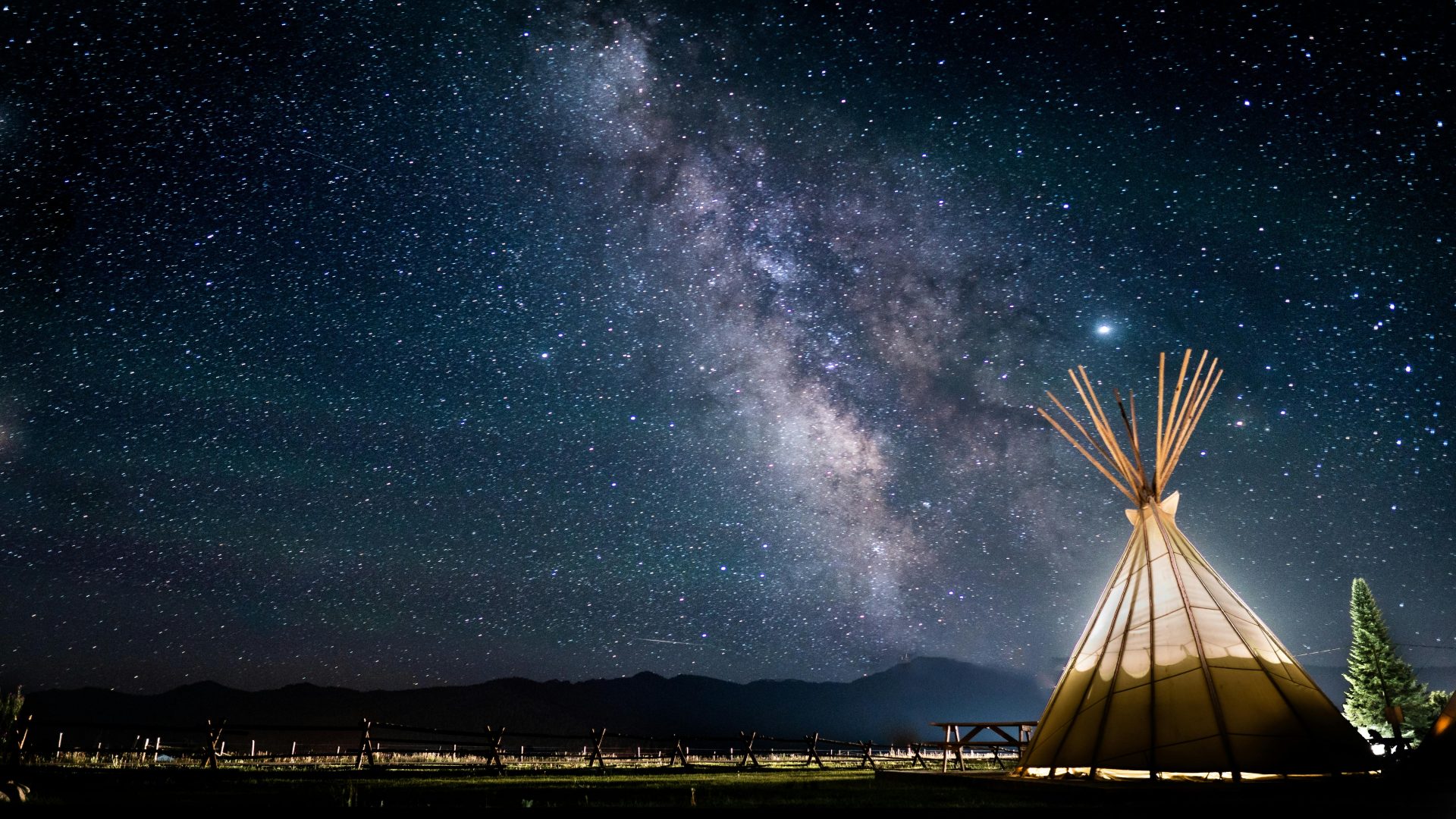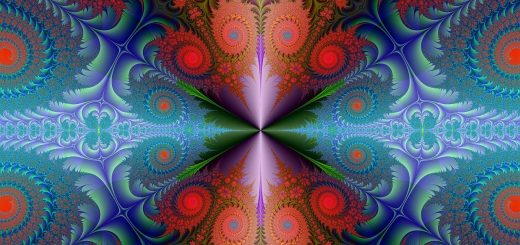The Dreaming: Aboriginal Concept of Time, Space, and Existence

Before diving in, please note: This post is for informational purposes only. If you’d like to know more about how we approach topics, feel free to check out our friendly Disclaimer Page.
Hey there, amazing readers! 🖐️ Just a quick note: yes, we know there are a lot of ads here. Trust us, we get it—it’s not the prettiest look, but they help us keep this blog alive and kicking. Those pesky little ads cover the costs of all the behind-the-scenes magic, from hosting and tech stuff to creating content we hope you’ll love.
We’re committed to delivering quality posts, and your support (even just sticking around despite the ads) means everything to us. So, bear with us, and thanks for helping us keep the good vibes rolling. Now, on to the fun stuff! 😉
TRANSLATE BUTTON AT THE END OF THE ARTICLE
A Quick Overview
The Dreaming is a fundamental concept in Aboriginal Australian culture that encompasses their beliefs about time, space, and existence.
It is not just a set of stories or myths but a complex framework that governs their spiritual and cultural practices.
In the Dreaming, everything is interconnected, and the past, present, and future exist simultaneously.
This article will delve into the intricate details of the Dreaming, exploring how it shapes the Aboriginal worldview and influences their way of life.
Understanding the Dreaming: An Aboriginal Perspective
The Dreaming, also known as Dreamtime, is a term used by Aboriginal Australians to describe the time of creation when the ancestral beings roamed the earth, shaping the land, sky, and sea.
It is a spiritual realm that exists beyond the physical world, where the laws of nature are established, and all living beings are connected.
The Dreaming is not just a belief system but a way of life that guides Aboriginal people in their relationships with each other, the land, and the spiritual realm.
Time in the Dreaming: Beyond Past, Present, and Future
In the Dreaming, time is not linear but cyclical, with the past, present, and future existing simultaneously.
Aboriginal people believe that the actions of the ancestral beings during the Dreaming continue to influence the world today.
Every event, whether in the distant past or the present, is interconnected and has repercussions that ripple through time.
This perspective on time highlights the importance of honoring the past and understanding how it shapes the present and future.
Space in the Dreaming: Connection to Land and Spirit
For Aboriginal Australians, the land is not just a physical space but a spiritual entity that is deeply connected to their identity and culture.
The Dreaming stories describe how the ancestral beings created the landscape, including mountains, rivers, and animals.
Aboriginal people believe that every aspect of the land is imbued with spiritual significance and must be respected and cared for.
This spiritual connection to the land is central to their cultural practices and ceremonies.
Existence in the Dreaming: Interconnectedness of All Beings
In the Dreaming, all living beings are interconnected and dependent on each other for survival.
Aboriginal Australians believe that humans, animals, plants, and spirits are all part of the same cosmic web and must coexist harmoniously.
This interconnectedness is reflected in their social structures, kinship systems, and spiritual beliefs.
By understanding their place in the larger web of existence, Aboriginal people strive to maintain balance and harmony in their relationships with all beings.
Dreaming Stories: Oral Traditions Passed Down Through Generations
Dreaming stories are a crucial part of Aboriginal culture, serving as a repository of knowledge, history, and spiritual beliefs.
These stories are passed down orally from generation to generation, preserving the wisdom of the ancestral beings and teaching important lessons about life, morality, and the natural world.
Dreaming stories are often accompanied by song, dance, and artwork, reinforcing their significance in Aboriginal culture.
Dreaming Art: Manifestation of Spiritual Beliefs and Practices
Aboriginal art is a visual representation of the Dreaming stories and spiritual beliefs of the indigenous people.
Through intricate patterns, symbols, and colors, Aboriginal artists communicate their connection to the land, ancestral beings, and the spiritual realm.
Artworks such as paintings, carvings, and sculptures serve as a means of preserving and sharing the rich cultural heritage of the Aboriginal people, bridging the gap between the physical and spiritual worlds.
Dreaming Ceremonies: Rituals to Honor Ancestors and Spirits
Ceremonies play a vital role in Aboriginal culture, providing a means of connecting with the ancestral beings and the spiritual realm.
These rituals, which often involve song, dance, and storytelling, serve to honor the ancestors, seek guidance from the spirits, and maintain the balance of the natural world.
Ceremonies are held for various occasions, such as initiation rites, harvest celebrations, and mourning rituals, each with its own significance and symbolism in the Dreaming.
Dreaming Songlines: Musical Pathways of Creation and Travel
Songlines are traditional Aboriginal songs that describe the paths taken by the ancestral beings during the Dreaming.
These songs are sung in ceremonies and rituals to retrace the steps of the ancestral beings and reconnect with the spiritual essence of the land.
Songlines are not just musical compositions but also maps of the landscape, guiding Aboriginal people in their journeys across the country and reinforcing their connection to the land and their ancestors.
Dreaming Totems: Symbols of Kinship and Identity
Totems are symbols or emblems that represent a clan, family, or individual in Aboriginal culture.
These symbols are often derived from Dreaming stories and ancestral beings and are used to identify kinship relationships, territorial boundaries, and cultural practices.
Totems serve as a way of connecting with one’s ancestry and roots, reinforcing the sense of belonging and identity within the community.
They are considered sacred and are treated with respect and reverence by Aboriginal people.
Dreaming Laws: Guidelines for Living in Harmony with Nature
Dreaming laws, also known as Lore or Tjukurpa, are the traditional guidelines and rules that govern Aboriginal society.
These laws are derived from the Dreaming stories and teachings of the ancestral beings and serve as a moral code for living in harmony with nature, community, and spirit.
Dreaming laws emphasize respect for the land, animals, and fellow beings, promoting values such as cooperation, reciprocity, and stewardship.
By following these laws, Aboriginal people strive to maintain balance and order in their lives and relationships.
Dreaming Reconciliation: Balancing Traditional and Modern Worlds
In the face of colonization and modernization, Aboriginal communities are grappling with the challenge of balancing their traditional beliefs and practices with the demands of the contemporary world.
Reconciliation in the Dreaming context involves finding a way to integrate the old and the new, honoring the wisdom of the ancestors while adapting to the changes brought by globalization and technology.
Aboriginal people are seeking ways to preserve their cultural heritage, language, and customs while also participating in the modern economy and society.
Dreaming Revival: Preserving and Celebrating Indigenous Culture
Despite the challenges faced by Aboriginal communities, there is a growing movement to revitalize and celebrate Indigenous culture through education, art, activism, and advocacy.
Initiatives such as language revitalization programs, cultural festivals, and land rights movements are helping to preserve and promote the rich heritage of the Aboriginal people.
By reclaiming their identity, language, and traditions, Aboriginal communities are asserting their cultural autonomy and asserting their place in the global community.
Conclusion
The Dreaming is more than just a collection of myths and stories; it is a living and dynamic framework that shapes the spiritual beliefs, cultural practices, and identity of Aboriginal Australians.
Through an understanding of the Dreaming, we can gain insights into the intricate relationship between time, space, and existence, as well as the interconnectedness of all living beings.
By honoring the wisdom of the ancestral beings and preserving their cultural heritage, Aboriginal communities can continue to thrive and flourish in a rapidly changing world.

The Enlightenment Journey is a remarkable collection of writings authored by a distinguished group of experts in the fields of spirituality, new age, and esoteric knowledge.
This anthology features a diverse assembly of well-experienced authors who bring their profound insights and credible perspectives to the forefront.
Each contributor possesses a wealth of knowledge and wisdom, making them authorities in their respective domains.
Together, they offer readers a transformative journey into the realms of spiritual growth, self-discovery, and esoteric enlightenment.
The Enlightenment Journey is a testament to the collective expertise of these luminaries, providing readers with a rich tapestry of ideas and information to illuminate their spiritual path.
Our Diverse Expertise 🌟
While our primary focus is on spirituality and esotericism, we are equally passionate about exploring a wide range of other topics and niches 🌍📚. Our experienced team is dedicated to delivering high-quality, informative content across various subjects ✨.
To ensure we provide the most accurate and valuable insights, we collaborate with trusted experts in their respective domains 🧑🏫👩🏫. This allows us to offer well-rounded perspectives and knowledge to our readers.
Our blog originally focused on spirituality and metaphysics, but we’ve since expanded to cover a wide range of niches. Don’t worry—we continue to publish a lot of articles on spirituality! Frequently visit our blog to explore our diverse content and stay tuned for more insightful reads.







